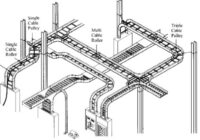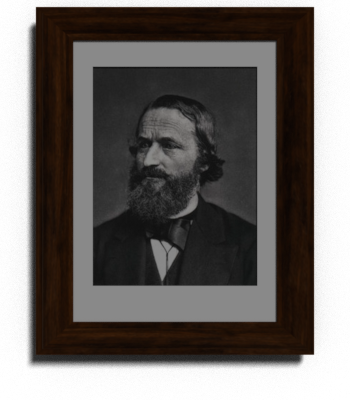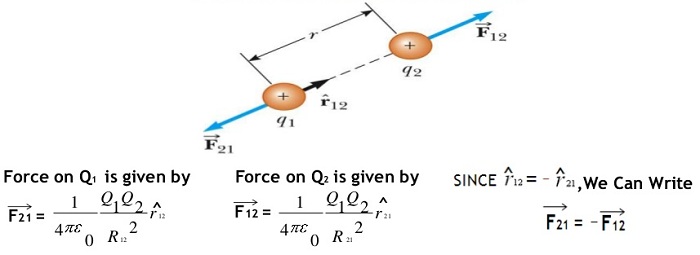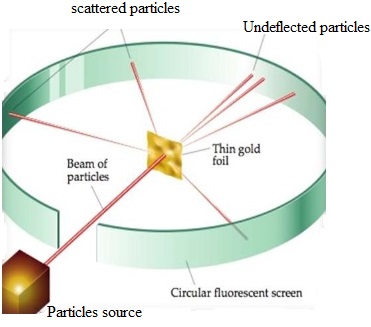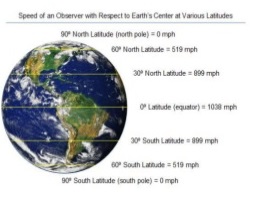Cable Tray Raceway Fill and Load Calculations
Cable tray / raceway is integral part of any cable management system. Selection of cable tray is very critical because if cable tray size is not sufficient the cables may become damaged due to improper handling and excessive heating etc. On the other hand cable tray supporting system can not be neglected as well since… Read More »

